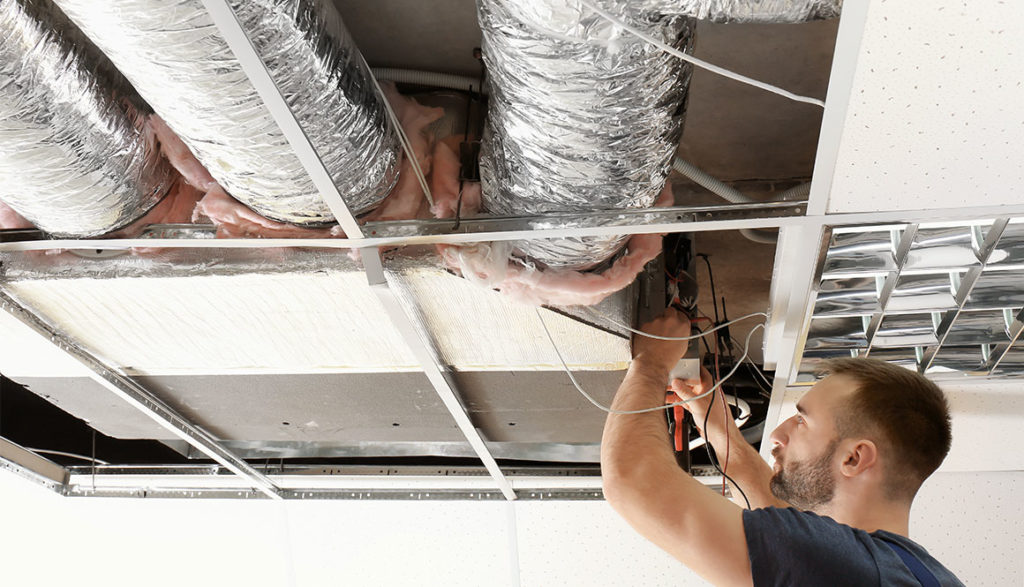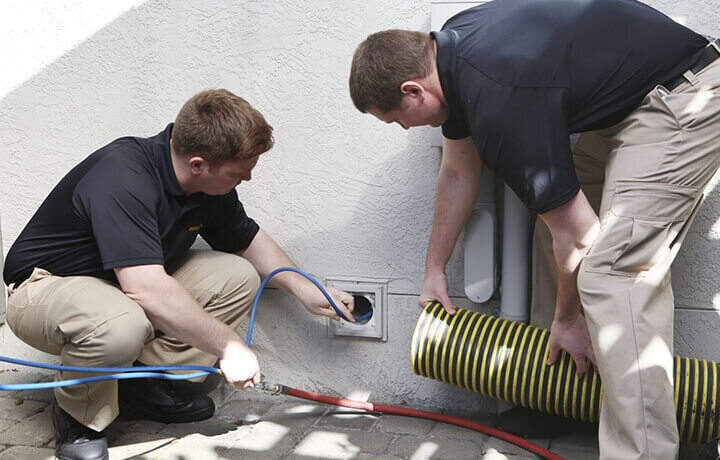Furnace ducts are essential for maintaining a comfortable and healthy home environment. However, they can also become breeding grounds for mold, posing significant health risks. Understanding the furnace duct mold dangers is crucial for homeowners and business owners aiming to ensure safe air quality. Mold in furnace ducts can lead to respiratory problems, allergies, and other health issues. In this article, we’ll explore the causes, risks, and prevention of mold in furnace ducts.

What Causes Mold in Furnace Ducts?
Mold thrives in moist, warm environments, making furnace ducts an ideal location. Several factors contribute to mold growth, including:
- High humidity levels
- Leaking ducts or HVAC systems
- Poor ventilation
- Dust and debris accumulation
High Humidity Levels
When the humidity in your home is high, moisture can accumulate in your ductwork, providing a perfect environment for mold to grow. It is crucial to monitor and control indoor humidity levels.
Leaking Ducts or HVAC Systems
Leaks in ducts or HVAC systems can introduce moisture, fostering mold growth. Regular inspection and maintenance can help identify and repair leaks promptly.
Health Risks Associated with Mold in Ducts
The presence of mold in furnace ducts poses several health risks, particularly for individuals with respiratory conditions or weakened immune systems. Mold exposure can lead to:
- Allergic reactions
- Asthma attacks
- Respiratory infections
- Skin irritation
Allergic Reactions
Mold spores can trigger allergic reactions, causing symptoms such as sneezing, runny nose, and itchy eyes. Prolonged exposure can exacerbate these symptoms and lead to chronic health issues.
Respiratory Infections
Inhalation of mold spores can lead to respiratory infections, particularly in individuals with compromised immune systems. It’s essential to address mold issues promptly to prevent health complications.
Preventing Mold Growth in Furnace Ducts
Preventing mold growth in your furnace ducts involves regular maintenance and proactive measures. Here are some effective strategies:
- Regular duct cleaning
- Reducing indoor humidity
- Fixing leaks promptly
- Improving ventilation
Regular Duct Cleaning
Scheduling regular duct cleaning can help remove accumulated dust and debris, reducing the likelihood of mold growth.
Reducing Indoor Humidity
Using dehumidifiers and ensuring proper ventilation can help maintain optimal humidity levels, preventing mold from thriving.
Signs of Mold in Furnace Ducts
Identifying mold in your furnace ducts early can prevent health risks and costly repairs. Look for these common signs:
- Musty odors
- Visible mold growth
- Unexplained health issues
Musty Odors
A persistent musty smell in your home is often an indication of mold growth. If you notice unusual odors, it’s essential to inspect your ductwork immediately.
Visible Mold Growth
Visible mold on vents or around ducts is a clear sign of an issue. Addressing visible mold quickly can prevent further spread and damage.
Professional Duct Cleaning and Maintenance
Hiring professionals for duct cleaning and maintenance ensures thorough removal of mold and contaminants. Professionals have the expertise and equipment to clean and sanitize ducts effectively.
Benefits of Professional Cleaning
Professional cleaning not only removes mold but also improves indoor air quality, enhances HVAC efficiency, and prolongs the lifespan of your system.
Conclusion
Understanding the furnace duct mold dangers is crucial for maintaining a healthy home environment. By being proactive and addressing mold issues promptly, homeowners can protect their families from health risks and ensure safe indoor air quality. Regular maintenance and professional cleaning are key to preventing mold growth in furnace ducts.

FAQs
How often should furnace ducts be cleaned?
It’s recommended to have furnace ducts cleaned every 3 to 5 years, but this can vary based on factors like home occupancy and environmental conditions.
Can mold in furnace ducts be harmful?
Yes, mold in furnace ducts can lead to respiratory problems, allergic reactions, and other health issues, especially in vulnerable individuals.
What is the best way to prevent mold in ducts?
Regular maintenance, controlling humidity levels, and addressing leaks promptly are effective ways to prevent mold growth in ducts.
This article contains affiliate links. We may earn a commission at no extra cost to you.